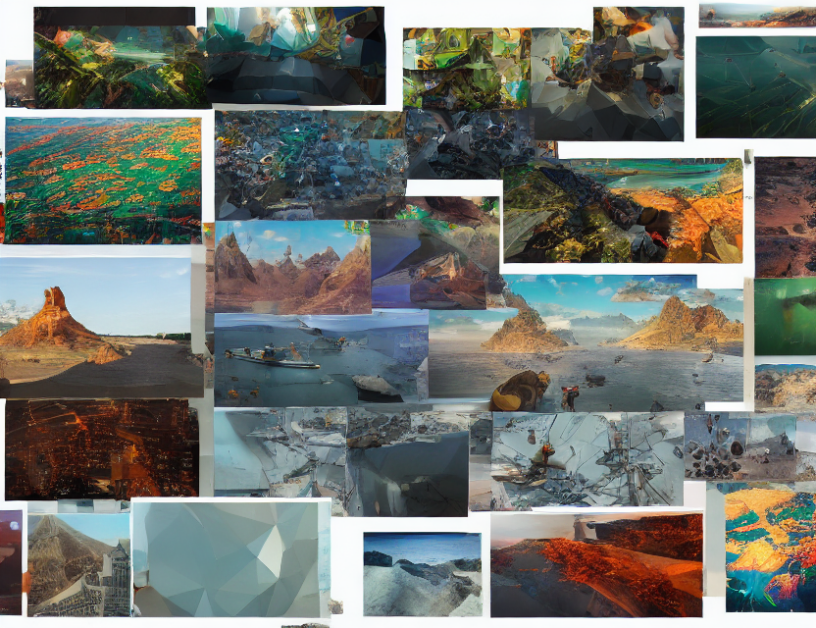- Imagine having a superpower that allows you to understand any document just by looking at it, without needing to manually read or interpret it. This is the goal of DocPedia, a new model developed by researchers that can analyze documents using various sensory inputs (e.g., images, text) and understand their meaning.
Vision-constrained Methods
- Traditional OCR methods rely on pre-trained models that generate a sequence of tokens based on the input image. These models are limited by their inability to comprehend the context and meaning behind the text.
Language-constrained Methods
- To overcome these limitations, researchers have developed language-constrained models that use natural language processing techniques to analyze the text and understand its meaning. However, these models are still limited by their reliance on pre-defined rules and lack of ability to generalize to new situations.
Unconstrained Methods
- DocPedia takes a novel approach by combining vision-constrained and language-constrained methods to create an unconstrained model that can analyze documents in various formats (e.g., images, text) and understand their meaning without any pre-defined rules or constraints.
DocPedia: An Effective Large Multimodal Model
- DocPedia is a large multimodal model that integrates visual and language encoders to analyze documents in a unified manner. The visual encoder uses a pre-trained CLIP model (ViT) to generate text features, while the language encoder uses LLM to extract semantic information from the text.
Advantages of DocPedia
- DocPedia has several advantages over traditional OCR models. Firstly, it can analyze documents in various formats, including images, text, and tables. Secondly, it can understand the context and meaning behind the text without relying on pre-defined rules or constraints. Finally, it can generate more accurate results by leveraging the power of LLMs.
Conclusion
- In conclusion, DocPedia is a powerful tool that has the potential to revolutionize the way we analyze documents. By combining the strengths of vision-constrained and language-constrained methods, DocPedia can provide more accurate and comprehensive document analysis results than traditional OCR models. With its ability to analyze documents in various formats and understand their meaning without any pre-defined rules or constraints, DocPedia is a game-changer in the field of OCR technology.



